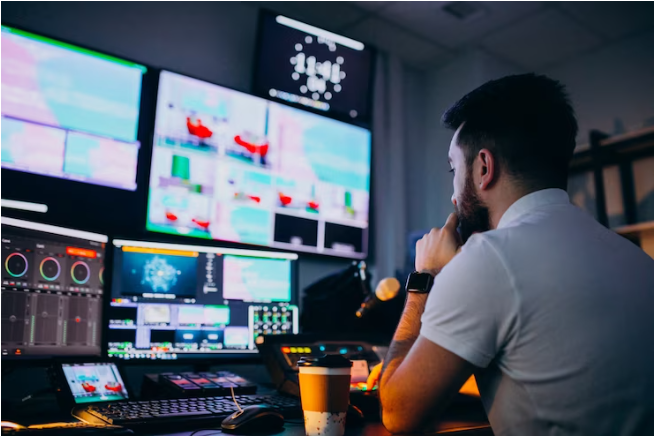Characteristics of Animals in Picture Books of the Fantastic There and Back Again Stories
(0 User reviews)
292
84
Graduate School of Agriculture, Tokyo University of Agriculture and Technology, Tokyo, Japan
International Journal of Literature and Arts (Science Publishing Group)
2023
11 : 1
5-12
10.11648/j.ijla.20231101.12
English
Kanae Hara, Naoko Koda. Characteristics of Animals in Picture Books of the Fantastic There and Back Again Stories, International Journal of Literature and Arts. Volume 11, Issue 1, January 2023 , pp. 5-12. doi: 10.11648/j.ijla.20231101.12. Share Research.
Abstract
This study quantitatively examines the characteristics of depictions of animals in 189 picture books of fantastic there and back again stories in which humans are the protagonists, and explores the interactions between humans and animals. While many animals are involved in protagonists’ movement to other worlds, far more animals are uninvolved. The animals are often portrayed as having unclear age and sex. Various species have been identified, and cats are the most popular animals that assist the protagonists’ movement and they may or may not opt to participate in their movement; meanwhile, crows tend to trigger the movement. Animals that are uninvolved in the protagonists’ movement are characterized by their location depending on whether they are domestic animals, which tend to be shown in the world before the protagonists’ movement; feral animals tend to be seen in the world after the protagonists’ movement. Many animals in picture books give children a sense of security while reading from the standpoint of biophilia and promoting understanding of the story. The vagueness of animals’ age, sex, and appearance can expand the imaginations of child readers. Cats, in particular, can attract humans from the inside to the outside of their living sphere with their fantastical nature associated with their ecology and history of relationships with humans as companion animals. Crows are described as having the ability to cross the real world and other realms due to their history of being worshiped by humans and their ability to fly. Fantastic there and back again stories in picture books provide opportunities for children to form perceptions of animals. Further, depictions of animals in picture books may expand children’s cognition when they understand the world and form their own perspectives.
Child Development, Fantasy, There and Back Again Stories, Human-Animal Interactions, Picture Books
This study quantitatively examines the characteristics of depictions of animals in 189 picture books of fantastic there and back again stories in which humans are the protagonists, and explores the interactions between humans and animals. While many animals are involved in protagonists’ movement to other worlds, far more animals are uninvolved. The animals are often portrayed as having unclear age and sex. Various species have been identified, and cats are the most popular animals that assist the protagonists’ movement and they may or may not opt to participate in their movement; meanwhile, crows tend to trigger the movement. Animals that are uninvolved in the protagonists’ movement are characterized by their location depending on whether they are domestic animals, which tend to be shown in the world before the protagonists’ movement; feral animals tend to be seen in the world after the protagonists’ movement. Many animals in picture books give children a sense of security while reading from the standpoint of biophilia and promoting understanding of the story. The vagueness of animals’ age, sex, and appearance can expand the imaginations of child readers. Cats, in particular, can attract humans from the inside to the outside of their living sphere with their fantastical nature associated with their ecology and history of relationships with humans as companion animals. Crows are described as having the ability to cross the real world and other realms due to their history of being worshiped by humans and their ability to fly. Fantastic there and back again stories in picture books provide opportunities for children to form perceptions of animals. Further, depictions of animals in picture books may expand children’s cognition when they understand the world and form their own perspectives.
There are no reviews for this Publication.
There are no comments for this Publication.
You must log in to post a comment.
Log in




